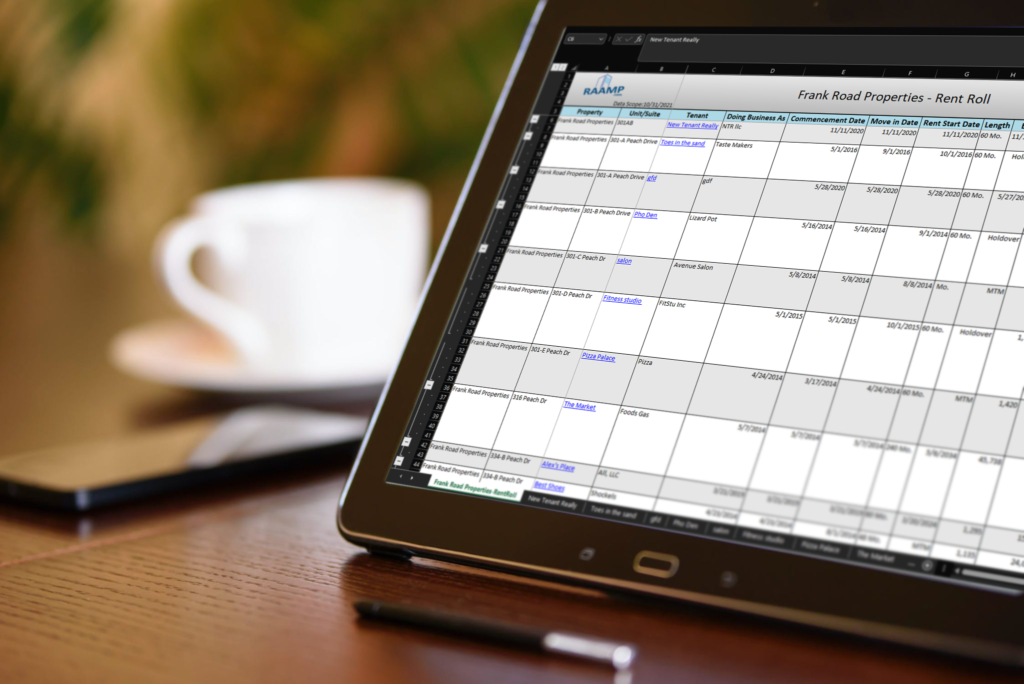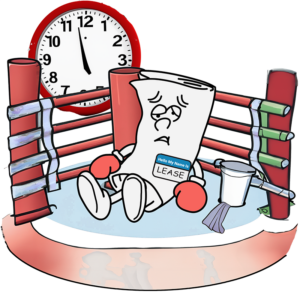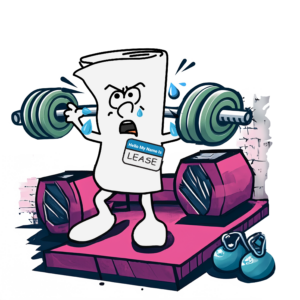A rent roll report serves as a comprehensive document utilized by both tenants and landlords to analyze the income generated from their respective properties. It is an essential tool for tenants and franchisees to grasp their lease commitments accurately. Navigating through the complexities of property management, especially for newcomers, can be challenging when trying to understand the rent roll’s purpose and operational mechanism. In this discussion, we aim to shed light on the significance of a rent roll and its critical role in property management.
What is a Rent Roll?
A rent roll provides a comprehensive snapshot of your entire property portfolio at a specific point in time. It details current rental rates, the square footage of occupied spaces, Common Area Maintenance (CAM) and tax charges, along with lease expiration dates and other crucial timelines. This essential document is invaluable for property managers and investors seeking to understand the financial performance and key metrics of their real estate investments.
A rent roll breaks down the rent per unit and/or suite. It also gives a total rent amount for the entire investment property. It collects rent data from each individual tenant’s lease agreement and puts it into one easy-to-read document. There are property-specific rent rolls as well as rent rolls for an entire property portfolio. These allow you to view not only one particular property, but everything you manage.
In the world of real estate, time is money, and rent rolls help to save both. The landlord doesn’t have to waste time digging up each tenant’s lease to determine rent amounts or lease start and end dates. With all the data in a single, intuitive report, they are able to see profitability at a glance.
Example of a Rent Roll
A rent roll for a single-family rental property can easily be created using spreadsheet software like Microsoft Excel or Google Sheets. For commercial properties, things can become a bit more complicated. That’s where software like RAAMP comes in. RAAMP takes the hassle out of finding all of the data yourself and instead provides it in one easy-to-access place.
Get our free Rent Roll Template
Where Does This Data Come From?
The data comes from lease agreements, and tenant files. The data on a rent roll can vary by property type, but most will include the following:
- Monthly and annual rental income summaries, which include any extra amounts paid monthly.
- Lease details, such as the lease term, monthly rent, security deposit, and additional fees.
- Tenant information, including their name and contact details.
- Information on each unit, such as the unit number, square footage, the number of bedrooms and baths if it is a multifamily property, and any other features or notes.
- Property information, such as the owner or management company, address, and property type.
Who Uses a Rent Roll?
As an all-purpose document that can be used by buyers and sellers, property managers, real estate investors and landlords, and lenders. It can provide a surprising amount of detail on a single page, such as the information listed in the previous section. Rent rolls can be used to increase profitability by increasing rents, renovating, tenant screening, etc.
Buyers & sellers practicing due diligence
- Rent rolls are used to see the property’s income potential and if the property has been generating stable income.
- Rent rolls can be used to determine if a property is a good investment.
- A quick look at the rent roll will tell a buyer and seller whether the property has been generating stable gross rental income.
- If a tenant’s lease is coming up for renewal in the next few months, a seller who proactively extends the lease may be able to sell the property at a higher price since the tenant has been “stabilized” for another 12 months.
Mortgage brokers & lenders evaluating a property or portfolio
- Lenders can review the rent roll to anticipate the future income-generating potential of the property.
- It is used to evaluate the potential risk of making a loan, a cash-out refinance, or an investment into the asset.
- Often Lenders will want it included in monthly reports along with lease abstracts.
Real estate investors analyzing potential deals
- It can help an investor learn if there could be a problem with cash flow in the future.
- Comparing the fair market rent to the rent the tenant is currently paying indicates the possibility of increasing the value of the property simply by raising the rent.
- By comparing the rent roll to the income line on the profit and loss statement, an investor can immediately see if the gross income is being accurately reflected on the P&L.
- Real estate investors can use it to verify the current rental income, search for upside potential in the rental property, and to anticipate problems with future cash flow.
- It can be used to pre-market a property for lease in order to reduce the amount of down time due to vacancy and repairs.
Property managers and landlords
- The rent roll document provides landlords with a quick snapshot of their tenant base and income.
- Information gleaned from a rent roll includes tenant turnover, rent growth, and occupancy rate which can help calculate future profits.
- If a tenant begins to pay the rent late, or if a tenant is a habitually slow payer, then it could be a big red flag that the tenant may need to be evicted.
- After receiving a comparative market analysis (CMA), the rent roll will show whether the rent a tenant is paying is a fair market rent or has room for an increase.
Rent Rolls are a Path to Profitability
Rent rolls are a useful, efficient tool across real estate professions. They streamline information, help you see data at a glance, assist in calculations, and more. While they may seem confusing at first, they are intuitive spreadsheets that are easy to understand and assist in making a profit. Time is money, and a they can help you gain an edge on both.








